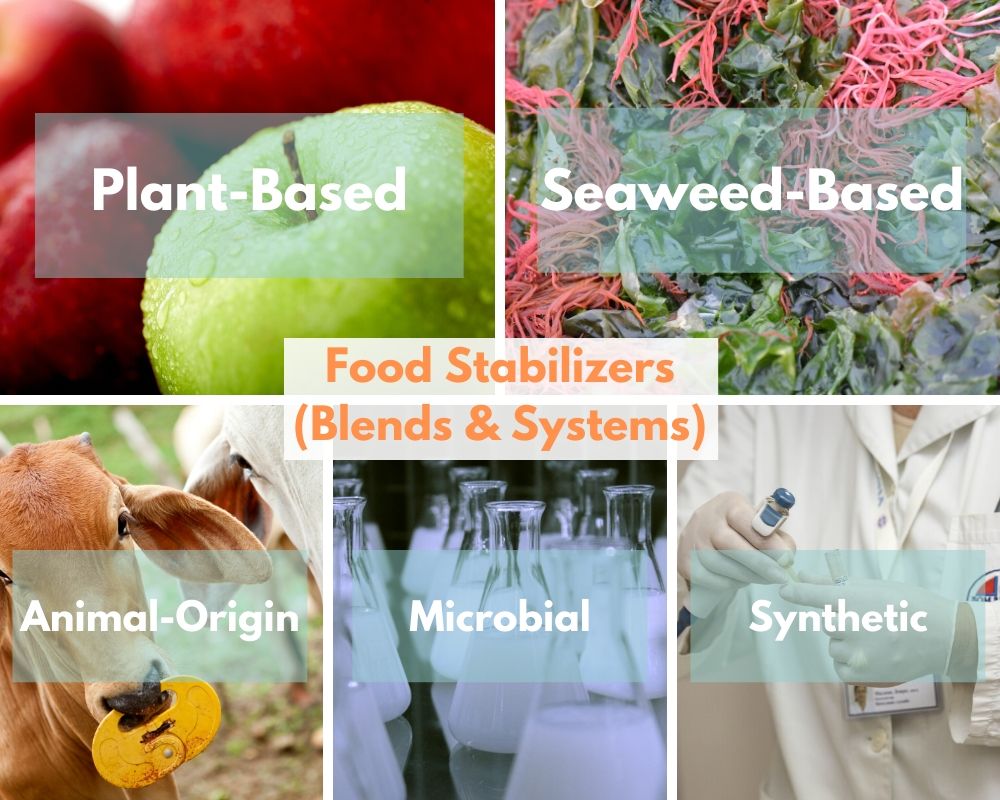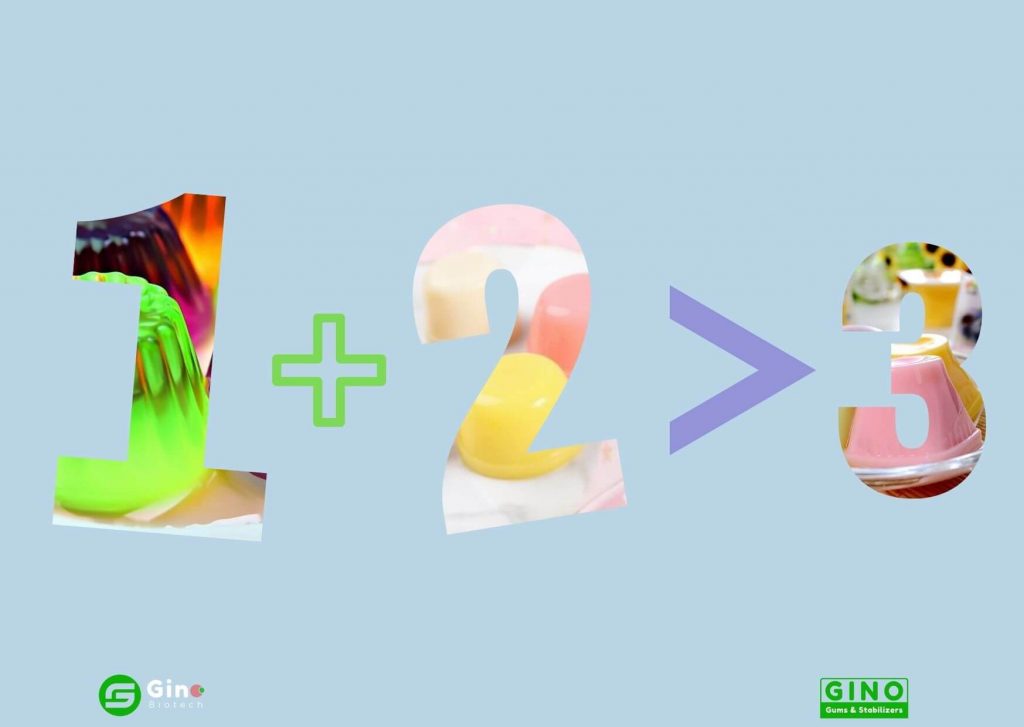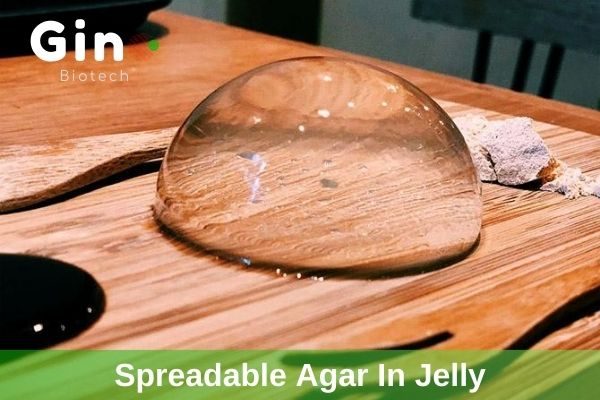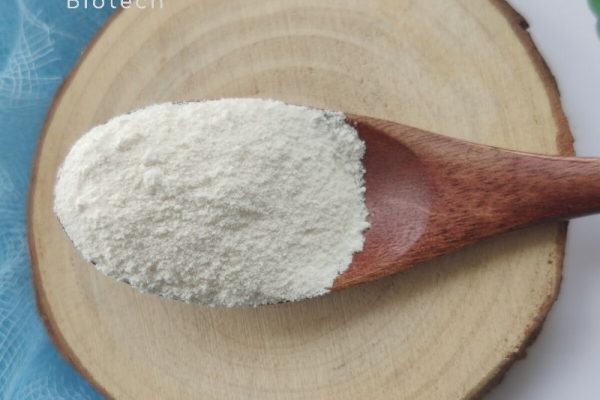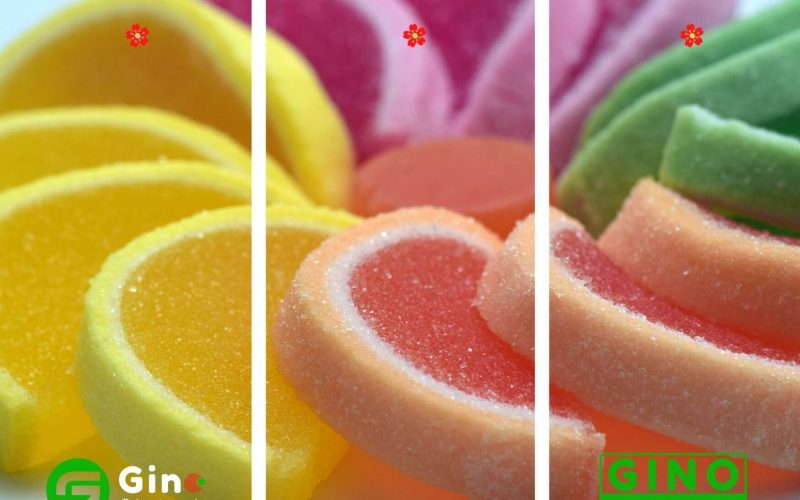Choosing the 5 Best Food Thickening Agents in Your Jelly Production
Food Thickening Agents in Jelly
【Summary】
Food thickening agents are the key technical point in jelly production. Although the use level is extremely low, they have a decisive effect on the shape and quality of the jellies.
This article will introduce the 5 best food thickening agents in your jelly production.

PART 01: Introduction
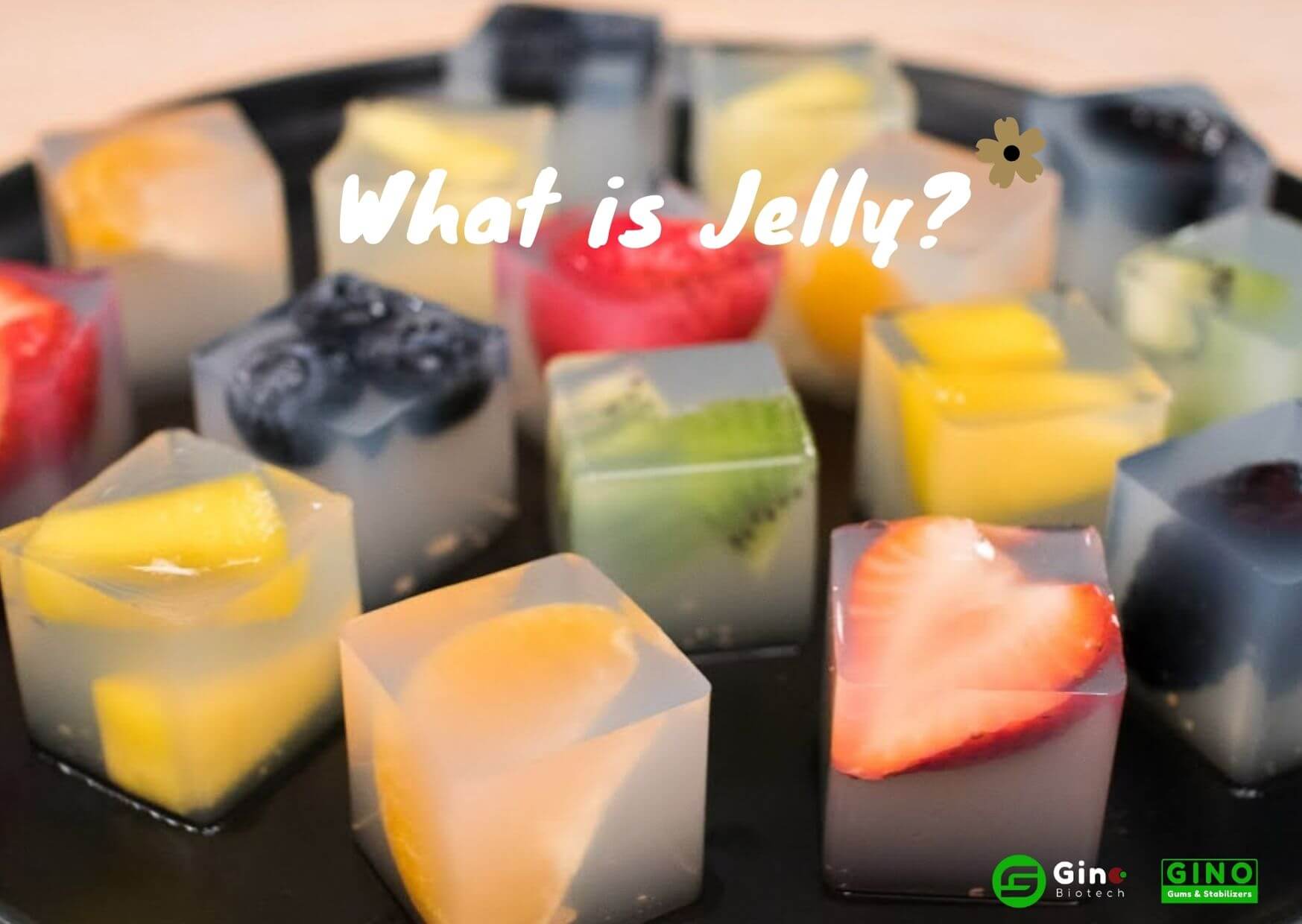
Jelly is a semi-solid jelly-like food made of edible sugar and food thickening agent, supplemented with acidifier, coloring agent and flavoring and so on. Jelly products originated from foreign countries, it has elastic and smooth texture, sweet and sour taste, as well as bright and attractive appearance, so it is widely favored by the public. Because of the unique development advantage of jelly products in the field of snack food FMCG, the large number of enterprises have been attracted to enter the jelly market.
In recent years, the development momentum of the jelly industry in China is going well, has become an industry with annual sales of more than 10 billion yuan, and an annual growth rate of about 15%.
In the jelly production process, the key technical point is the food thickening agent, namely the application of the jelly gelling agent. Although the amount of food thickening agents added to jelly products is extremely low, they have a decisive effect on the shape of the jelly, giving it elasticity and plasticity.
The food thickening agent is one of the most commonly used food additives in the food industry, GB 2760-2014 food additive use health standards clearly defined the use limits of nearly 40 kinds of thickeners in 16 categories of food, including the use limits of a variety of food thickeners in jelly products.
PART 02: Food Thickening Agents
2.1 Sources and Classification of Food Thickening Agents
Food Thickening agents usually refer to macromolecular substances that can be dissolved in water and hydrated sufficiently under certain conditions to form a viscous or jelly-like liquid. Most food thickening agents are natural macromolecular polysaccharides or their derivatives, which are widely found in nature; some food thickening agents are also synthesized from natural raw materials.
The food thickeners currently used in the food industry can be divided into the following categories according to their origin.
- Plant-based thickeners
- Seaweed based thickeners
- Animal source thickeners
- Microbial source thickeners
- Natural substance semi-synthetic thickeners
Plant-based thickeners are mostly planted polysaccharides extracted and purified from plant mucus, such as locust bean gum, tamarind gum, linseed gum, guar gum, pectin, gum Arabic, etc.
Seaweed-based thickeners (seaweed food thickeners) are seaweed colloids derived from seaweed, and the more commonly used carrageenan, alginate, and its sodium salt are in this category.
Animal source thickeners are hydrocolloids derived from animal tissues or bones, which are mostly composed of animal proteins such as gelatin, chitosan, casein, etc.
Microbial source thickeners are macromolecular polysaccharides derived from microbial extracellular metabolites, such as gellan gum, curdlan, and xanthan gum.
Natural substance semi-synthetic thickeners are polymeric compounds obtained by modifying the molecules of natural materials, such as cellulose derivatives, modified starch, and starch hydrolysates, through some chemical modifications.
2.2 Fuctions of Thickening Agents
In food production, the addition of food thickeners improves the viscosity of food, drives the solution to form a gel, or maintains the relative stability of the system of hydrophilic substances, and changes the physical properties of the food, thus giving the food viscous taste, and plays a role in the food system of thickening, gelling, stabilizing, water retention and so on.
Food thickeners can be fully hydrated in the solution, and the water absorption and expansion can be more than tens of times, forming thick and slippery macromolecular substances, increasing the viscosity of the solution, making the solution suspended, thus playing a thickening and stabilizing role.
Because of the strong water absorption of its molecules, it is used as a water retaining agent in food (such as bread, pastry, and meat products).
In addition, some of the thickening agents under certain conditions can also occur in the gelling reaction, the formation of plastic jelly-like semi-solid. Due to its gelling effect, food thickeners can be widely used as a gelling agent in the production of jelly.
PART 03: Food Thickening Agents in Jelly
3.1 Types of Thickeners for Jelly Production and Their Gelling Principles
Carrageenan
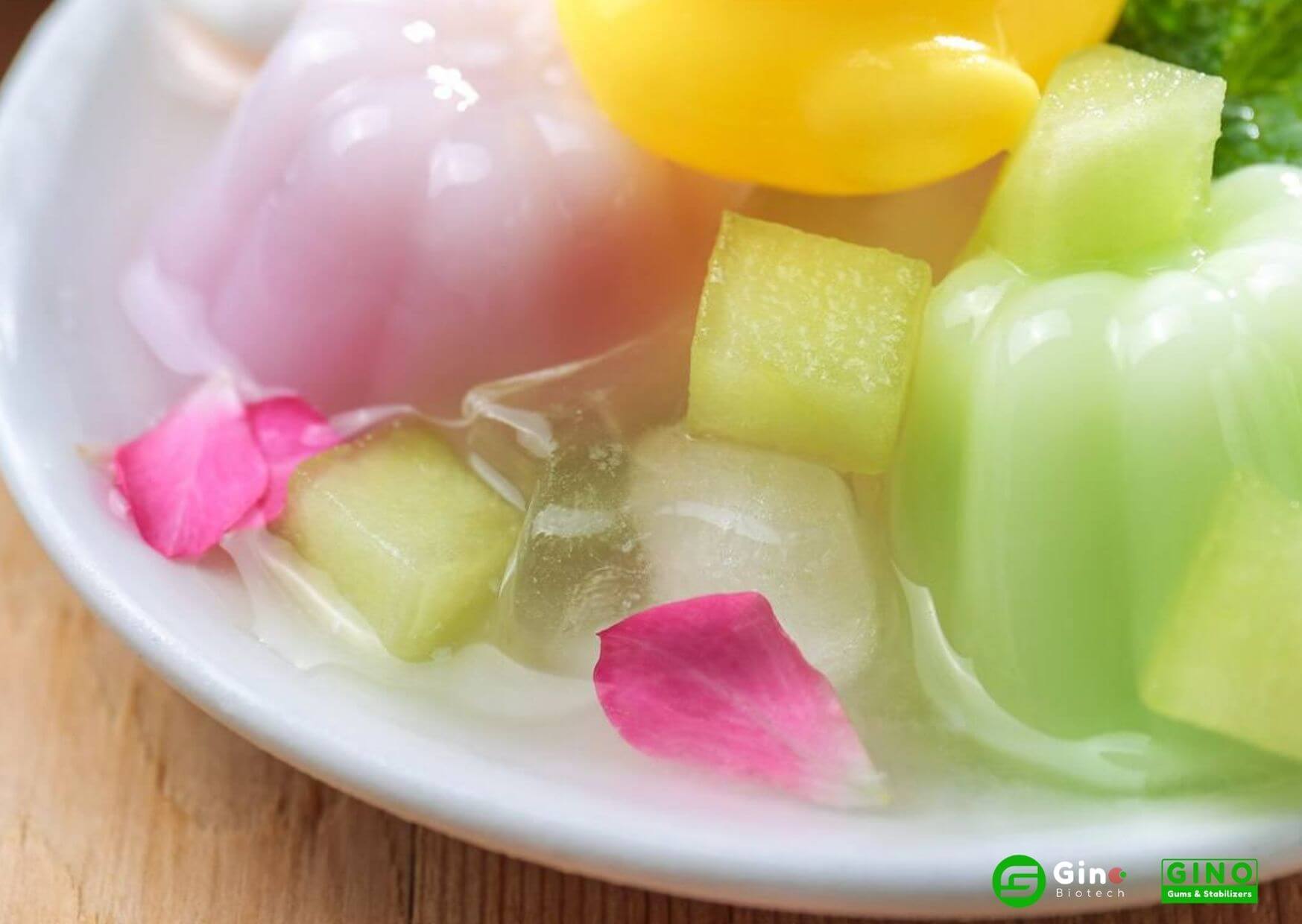
Carrageenan is one of the most commonly used gelling agents in jelly production. It is a natural algal polysaccharide extracted from the cell wall of red algae.
When the carrageenan solution is heated and cooled down slowly, the molecules transform from curly to spiral, and then from single helix to double helix, forming a three-dimensional network structure, that is, gel; it can form a thermally reversible gel at low concentration, with high transparency, which can meet the requirements of plasticity and appearance of jelly production.
Gelatin
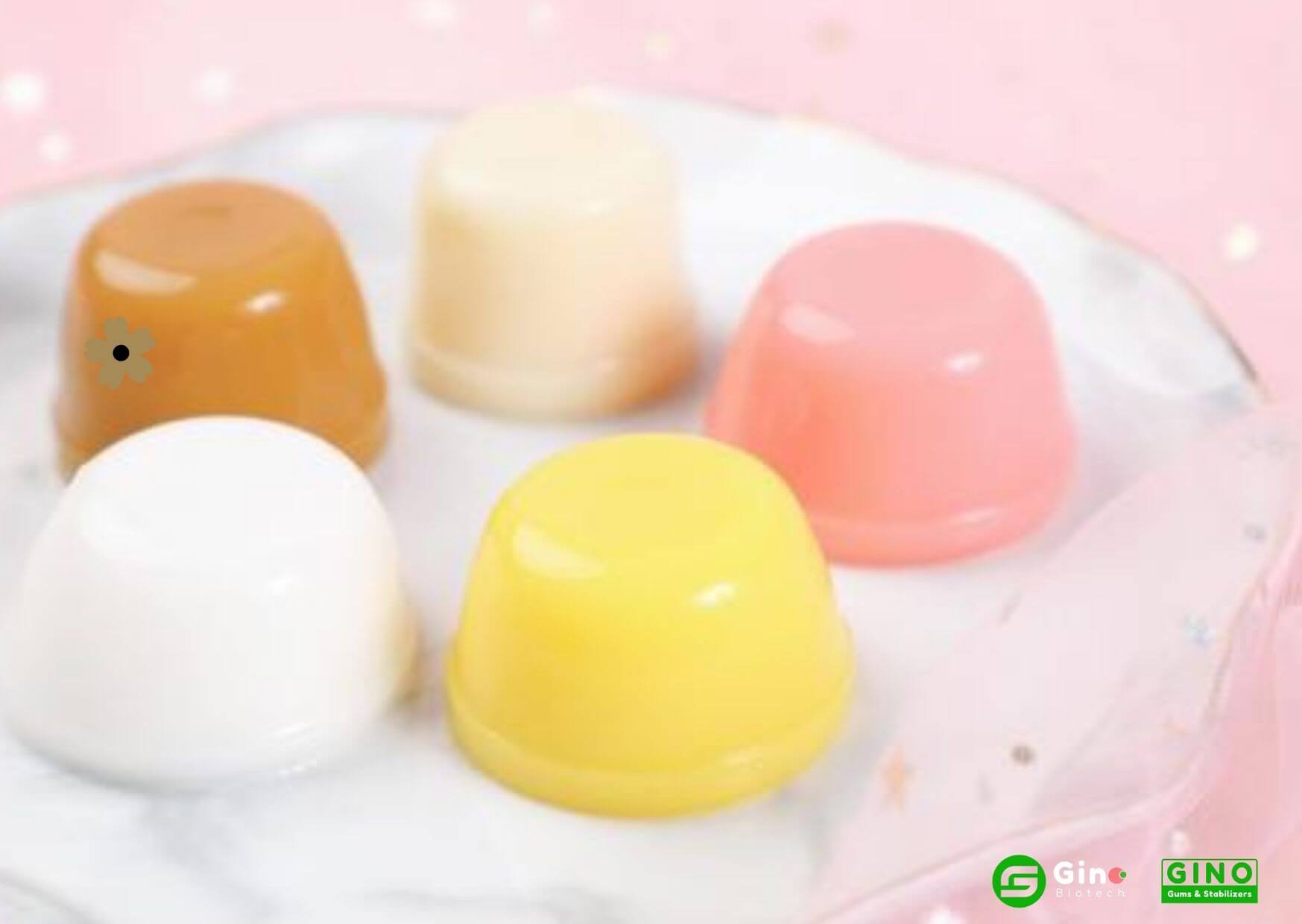
Gelatin is the hydrolysate obtained from the degradation of animal connective tissues rich in collagen, such as animal skin, bone, tendon, etc. Because of its good gelling property and thermal reversibility, it is widely used in the production of jelly and jelly powder, and the main component of the commercially available jelly-making powder is gelatin.
The parent collagen molecule of gelatin is a triple helix structure formed by 3 peptide chains bonded by hydrogen bonds. Heat can make the gelatine collagen molecule's hydrogen bond and some covalent bonds can be broken, at this time the irregularly curled state of gelatine is soluble, under certain conditions, gelatine molecules can gradually return to the triple helix structure, that is, gelation reaction occurs.
However, when gelatin is used alone, the gel strength is weak, and the concentration required for the gel is large, so it is often used with carrageenan, sodium alginate, and other thickeners, with a good synergistic effect.
Gellan Gum
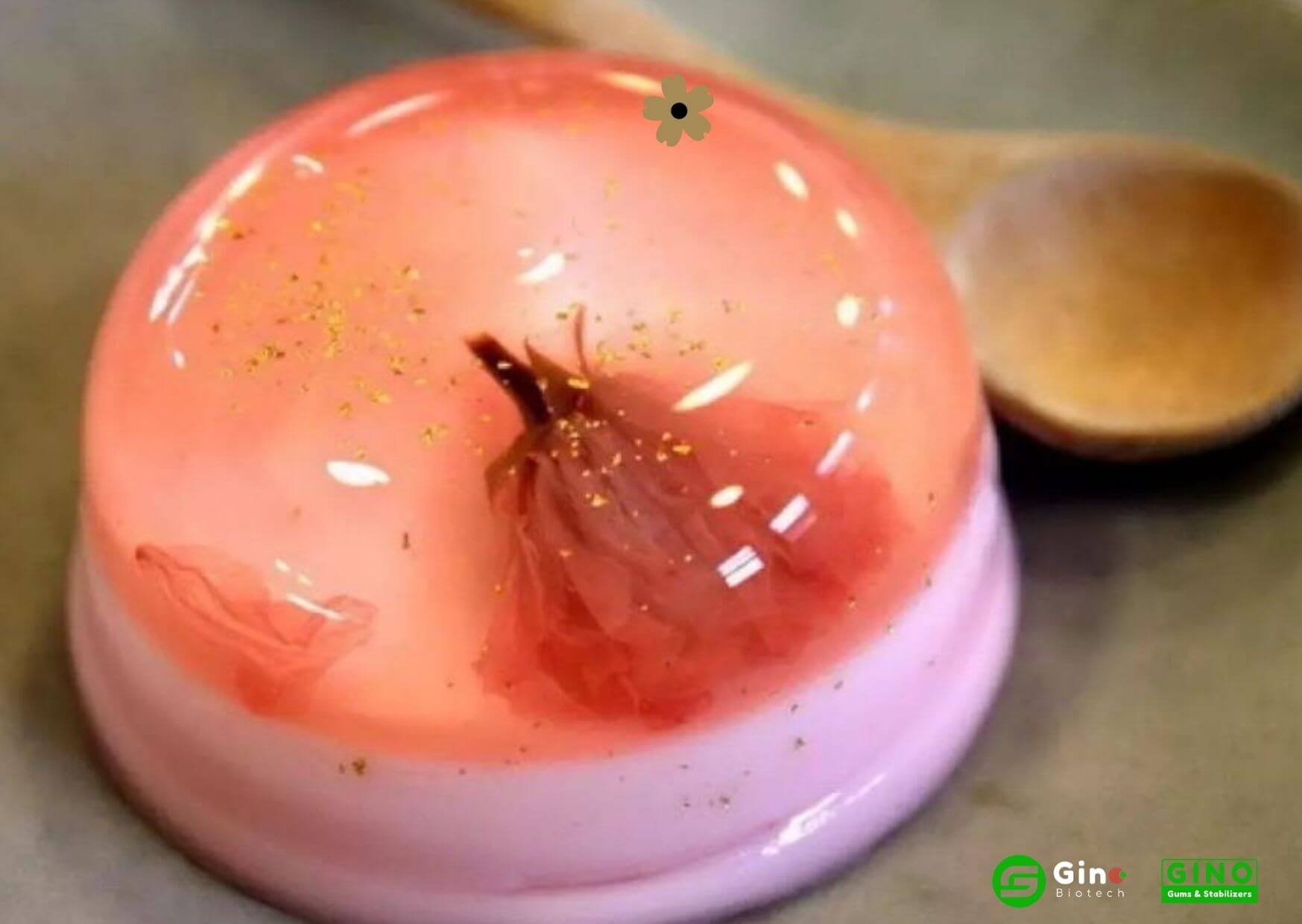
Gellan gum is a kind of extracellular linear polysaccharide synthesized and secreted by Pseudomonas aeruginosa during the pure fermentation of carbohydrates, which was first discovered and industrially produced by Kelco Company in the United States.
Metal cations play an important role in the formation of cold gels. The cation is directly connected to the carboxyl group on the polysaccharide molecule through fixed-point binding, which weakens the electrostatic repulsion between double-helical chains and facilitates the formation of a "linkage zone".
The gel induced by monovalent cation is a thermally reversible gel, i.e. the gel melts after heating, and this reversible process can be repeated.
However, the gels induced by divalent cations are more stable to heat, and the melting temperature can reach more than 120 ℃, so they are thermally irreversible gels.
Because the gels formed by cold gelling are thermally irreversible at high temperatures, they are often used in the production of double or multi-layer jellies.
Tamarind Gum

Tamarind gum is a neutral polysaccharide extracted from the endosperm of tamarind seeds and polymerized from D-xylose, D-galactose, and D-glucose.
The gel formed by tamarind gum has strong resistance to acid and alkali, thermal stability and freeze-thaw resistance.
Its gelation principle is similar to that of pectin, and it has lower requirements for sugar and acid.
Sodium Alginate
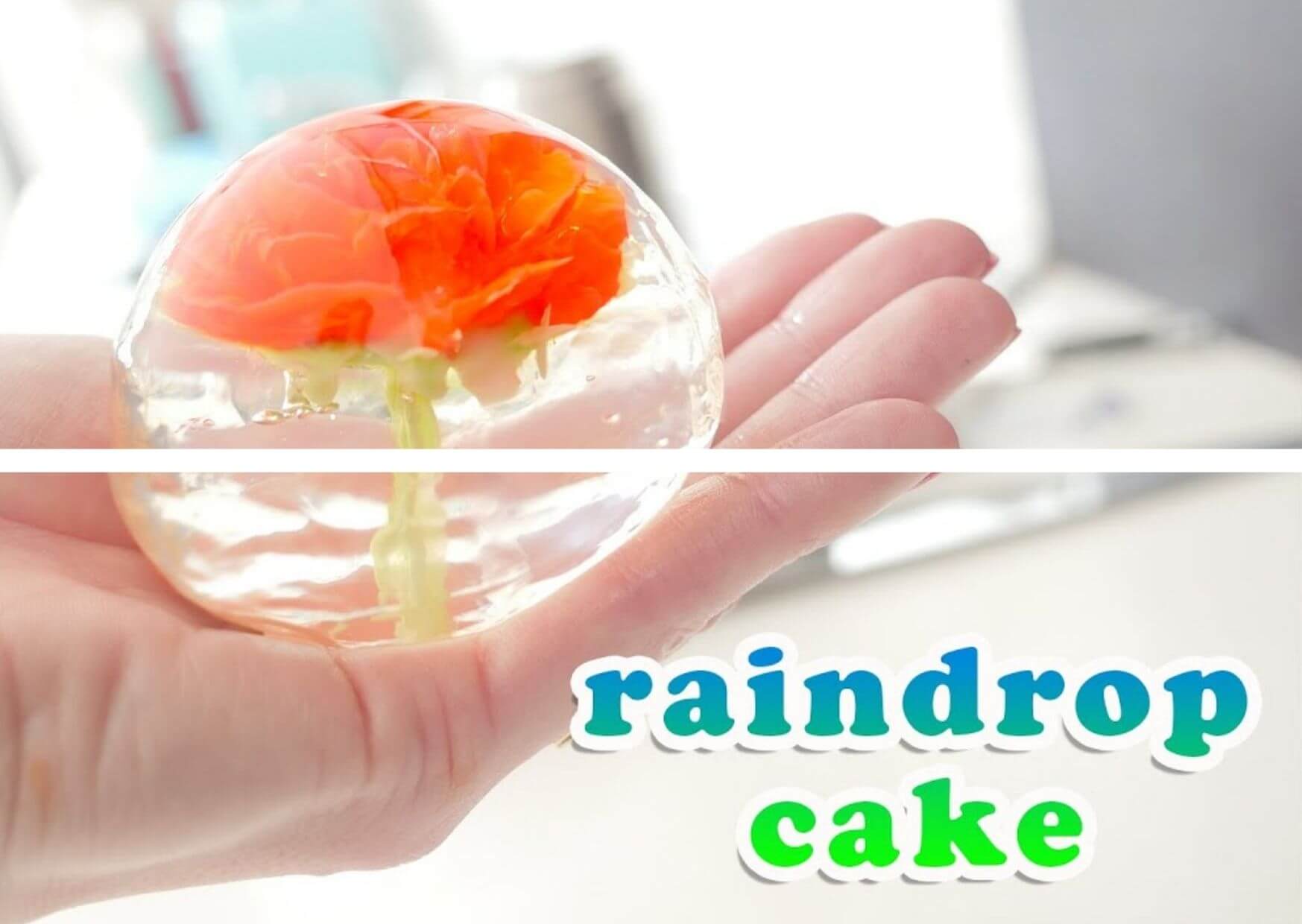
Sodium alginate is extracted from brown seaweed and exists as the sodium salt of alginate, a copolymer of mannogalacturonic acid and gulogalacturonic acid linked by glycosidic bonds.
The individual sodium alginate is not gelatinous, but the presence of calcium ions can be exchanged for sodium in the carboxyl site of its molecule, thus bringing the molecules together by linking the calcium ions to the 2 sodium bonds of sodium alginate, which results in a gelatinization reaction.
In addition to these categories, there are a variety of other food-thickening agents that can be used in jelly production, including xanthan gum, pectin, agar, and sodium carboxymethyl cellulose.
3.2 Two-Component Compounding of Thickeners for Jelly Production
If using a single food thickener as a gel, its gel performance mostly does not meet the production needs, so it is necessary to use two or more kinds of thickeners with the optimal ratio to make the compound gel performance to achieve the best.
For example, the gel formed by carrageenan is more transparent, but it is more brittle, has poor water-holding properties and is easily dehydrated.
However, when carrageenan is compounded with other thickeners, including locust bean gum, konjac gum, xanthan gum, corn starch, etc., the gel strength and elasticity can be significantly improved.
Many food thickeners for jelly production do not have gel properties, such as sodium alginate, xanthan gum, konjac gum, locust bean gum, etc., but when they are used in combination with some gel thickeners, they usually show a gel synergistic effect and improve product quality.
The combination of thickeners can often take advantage of multiple thickeners to enhance gel performance in multiple ways. A Chinese expert developed blueberry jelly using gelatin and pectin as gelling agents, and found that pectin and gelatin could increase the chewiness and elasticity of the jelly respectively; the results of this study are also in line with the experimental results of foreign experts.
Compound applications of different thickeners usually provide a more desirable synergistic effect. Some researchers used 1.05% carrageenan and 0.45% sodium alginate to form a compound gel to prepare pumpkin jelly, the synergistic effect between the compound gel increases the gelling speed, and can better maintain the softness and elasticity.
It had been found that tamarind gum when compounded with xanthan gum, sodium carboxymethyl cellulose, and konjac gum in the ratio of 1:9, had the best synergistic effect on viscosity and was suitable for jelly production.
There are also some researchers using mango as raw material to prepare fruit jelly, they screened gelatin, konjac powder, agar, and other thickening agents, and studied the best ratio.
The final test determined that when the addition of carrageenan and agar was 0.5% respectively, the taste, transparency, and water-holding capacity of the obtained jelly were the best.
3.3 Multiple Compounding of Thickeners in the Production of Jellies
Due to the diversification of food thickeners and the variation of gel properties, a single thickener or binary compound thickener can no longer achieve satisfactory results, and more and more studies on the application of multifunctional compounding in jelly production have been conducted.
In the study of selecting thickeners for shepherd's purse jelly, it was found that the binary compounding of konjac gum and xanthan gum had a significant synergistic effect on carrageenan, and the triple compounding of carrageenan had better gel performance.
Three preferred ratios were also given in this study, which was:
- Combination of konjac gum + xanthan gum + carrageenan.
- Combination of konjac gum + sodium alginate + carrageenan
- Combination of konjac gum + CMC + carrageenan.
The mass ratios were all 1:1:1.
Milk jelly was prepared by using sodium alginate, tamarind gum, and glucuronolactone as a compound gelling agent, with a ratio of 8:9:5 and a temperature of 60℃, the jelly obtained had better water-holding and chewing properties.
In addition, there are experts on milk powder, ginger as the main raw material, carrageenan, gelatin, and carboxymethyl cellulose sodium mixed in the ratio of 7:1:2 as a gelling agent, for the development of jelly.
Using 0.5% carrageenan, 0.1% agar, and 0.2% sodium alginate as a complex gel, and introducing aloe vera pulp, a healthy aloe vera jelly was developed.
PART 04: Conclusion
Since jelly production technology was introduced into our country, the jelly industry has been showing a more rapid development momentum, its development space is still expanding, and its main consumer group is children and teenagers.
And with the continuous improvement of the living standard, people's demand for jelly taste and good health is also growing higher and higher. To continuously enrich the taste of jelly products, and at the same time, change the jelly from a simple gluttonous snack into a nutritious and delicious health food, is an effective way of reforming and developing jelly manufacturers. And these all rely on the improvement and innovation of food thickening agent application technology.
Remark
- The continuous development of food thickeners and the continuous optimization of compounding application technology.
- Diversification of product taste
- Improvement of storage stability
- Demand for more health care new product development.
The above four points will be the technical problems that need to be constantly overcome by the jelly industry companies.


Gino has developed a wide variety of jelly powder (Multiple Compounding of Thickeners), including:
- High transparent high elastic and toughness jelly powder
- High transparent high crisp jelly powder
- Acid-resistant multilayer jelly powder
- High temperature-resistant multilayer jelly powder
- High elastic and toughness lactic acid jelly powder
- High crisp lactic acid jelly powder
- Transparent drinkable jelly powder
- Opaque drinkable jelly powder
- High elastic and toughness jelly sticks powder
- High crisp jelly sticks powder
- High elastic and toughness jelly powder without konjac
- High crisp jelly powder without konjac
- High strength and smooth taste grass jelly powder
- Low strength and high elastic soft taste grass jelly powder
As one of the most professional hydrocolloid suppliers and customized solution providers, our products don't stop there; more new products are on the way.
We are here waiting for you to explore the endless possibilities with us!
Related Articles

We are a biotech company specializing in the research, development, and commercialization of innovative and technological food additives hydrocolloids Agar Agar, Carrageenan, and Tailor-Made Stabilizer Solutions.
With the extended know-how and experience in the research, application, and use of Hydrocolloids, we could provide one-stop-shop customized solutions perfectly matched to the needs of our customers.
Our products cover the needs of the Meat, Dairy, Bakery, Confectionery, and other industrial sectors.


